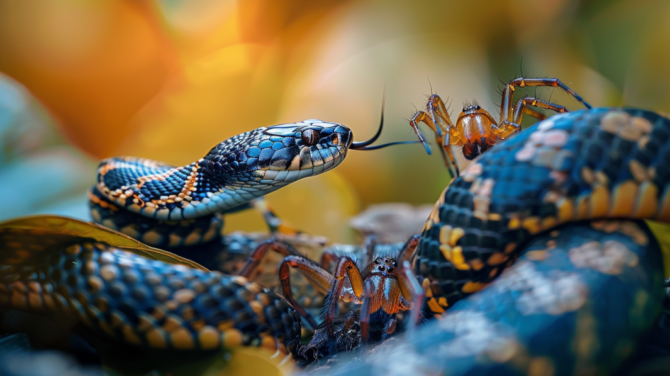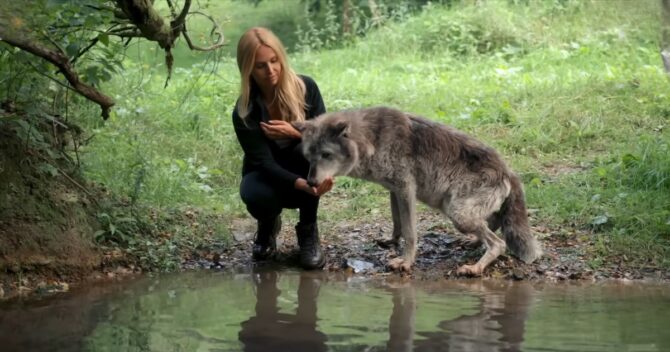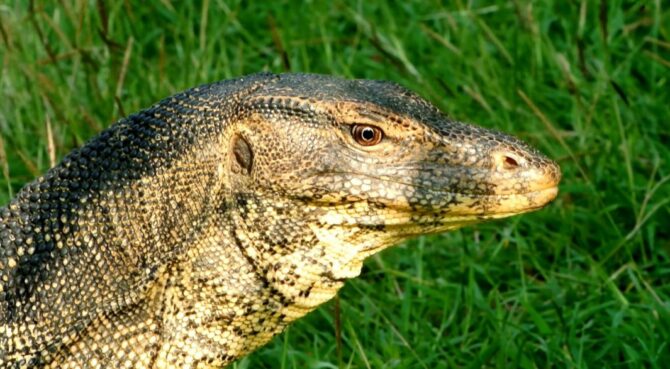Ants are fascinating creatures that can be found on almost every continent on Earth. These industrious insects are known for their complex social structures, impressive strength, and ability to work together seamlessly in colonies.
However, one common question that often arises when discussing ants is whether or not they have wings. In this article, we will explore the world of ants and answer the intriguing question: Do ants have wings?
The answer is yes!
Anatomy of an Ant
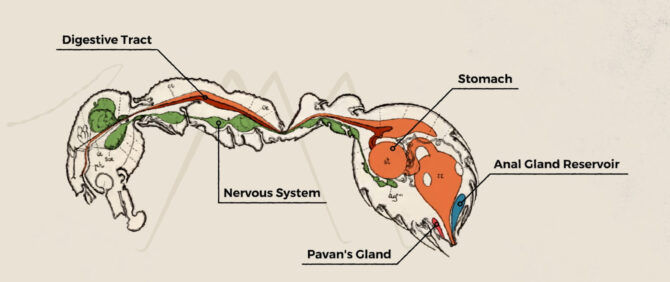
Before we look into the topic of wings, it’s important to have a basic understanding of ant anatomy. Ants, like all insects, have a segmented body divided into three main parts: the head, thorax, and abdomen.
They also have six legs and, in most cases, a pair of antennae on their head. However, what sets ants apart from many other insects is their distinct and often diverse physical characteristics within a single colony.
Ant Castes and Roles
Ant colonies are highly organized societies with specific roles assigned to individual ants based on their physical characteristics and age. The caste system within an ant colony typically includes three main categories: queens, workers, and males.
Queens
Queens are the reproductive individuals within an ant colony. They are typically larger and have a distinct body shape compared to the other castes.
Queens are the egg-layers, and their primary role is to ensure the survival and growth of the colony. While some queen ants have wings, these wings are only temporary and play a crucial role in the establishment of new colonies.
Workers
Worker ants are the backbone of the colony. They are sterile females responsible for various tasks such as foraging for food, caring for the young, and defending the colony.
Worker ants do not have wings, and their physical characteristics vary depending on their specific responsibilities within the colony. Some workers are specialized for certain tasks, such as soldier ants with strong mandibles for defense or smaller workers for tasks that require agility.
Males
Male ants, also known as drones, have a sole purpose within the colony: to mate with the queen. They are typically smaller than workers and have distinctive antennae.
Male ants do have wings, which they use for flying during the mating season. However, once mating is complete, the males die, and their wings are shed.
Types of Ants with Wings
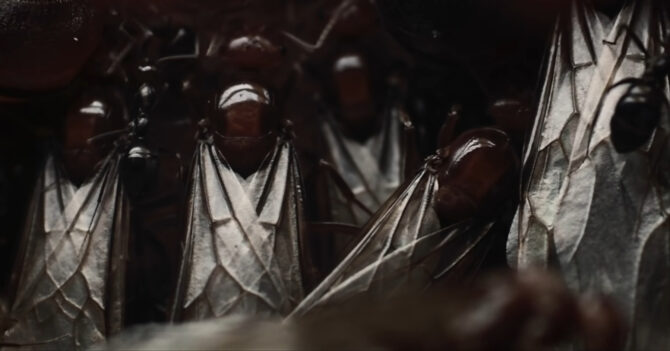
To answer the question of whether ants have wings, it’s important to consider the specific castes and roles within the colony. As mentioned earlier, it is the male ants and some queens that have wings, while worker ants do not.
Let’s take a closer look at the types of ants that possess wings.
Queen Ants
Queen ants are the primary reproductive members of the colony. While not all species of ants have queens with wings, many do.
The wings of queen ants are a temporary feature, used only during specific phases of their lives. These wings allow queen ants to leave their natal colony and embark on a nuptial flight.
Nuptial Flight: Nuptial flight is a fascinating and crucial event in the life cycle of ants. During this event, young queen ants and male ants from different colonies take to the air in search of potential mates.
This aerial dispersal helps in genetic diversity within ant populations. Once a queen has mated with one or more males, she will shed her wings, never to fly again.
This marks the beginning of her role as the egg-laying queen in a new colony. The presence of wings on queen ants is, therefore, temporary and tied to their reproductive duties.
After mating, the wings serve no purpose, and they are shed as the queen prepares to lay her eggs and establish a new colony.
Male Ants (Drones)
Male ants, or drones, are the only other caste of ants that possess wings. Their wings are an essential part of their anatomy, designed for a specific purpose: to locate and mate with queen ants during the nuptial flight.
Mating Behavior: Male ants are highly active during the mating season, often engaging in swarming behavior where they take flight together with potential mates. The males release pheromones to attract queen ants, and competition among males for the opportunity to mate can be fierce.
Once a successful mating occurs, the male ant’s role is complete, and he will die shortly thereafter. It’s important to note that male ants are short-lived, and their wings serve a singular function in the propagation of their species.
Unlike queen ants, male ants do not have the potential to establish new colonies or engage in other colony-related tasks.
Ant Species Variability
Ants are an incredibly diverse group of insects, with over 12,000 known species worldwide. This diversity extends to their physical characteristics and behaviors, including the presence or absence of wings.
While the general pattern described above holds true for many ant species, there are exceptions.
Wingless Queen
In some ant species, queen ants do not develop wings at all. Instead, these queens remain wingless throughout their lives, relying on other means of colony establishment.
These species often use budding or other methods of reproduction, rather than nuptial flights, to establish new colonies.
Worker Ant Variability
Worker ants, which make up the majority of an ant colony, can vary significantly in size and morphology. Some worker ants may possess vestigial wing structures or wing pads, which are undeveloped wing-like structures.
These wing pads are non-functional and do not enable flight.
Specialized Worker Castes
Certain ant species have evolved specialized worker castes with unique physical characteristics. For example, in leafcutter ant colonies, there are worker ants known as “soldiers” that have larger heads and powerful mandibles for defending the colony.
These soldier ants typically do not possess wings, as their primary role is defense, and they do not engage in foraging or reproduction.
Notable Species with Wings
While there are thousands of ant species, some are more well-known for their winged castes and nuptial flights than others. Here are a few notable ant species with wings:
Carpenter (Camponotus sp.)
Carpenter ants are a common and recognizable species of ant known for their large size and wood-nesting habits. These ants have winged queens and males that participate in nuptial flights.
Carpenter ants can be pests in households, as they often infest wood structures, causing damage.
Fire (Solenopsis sp.)
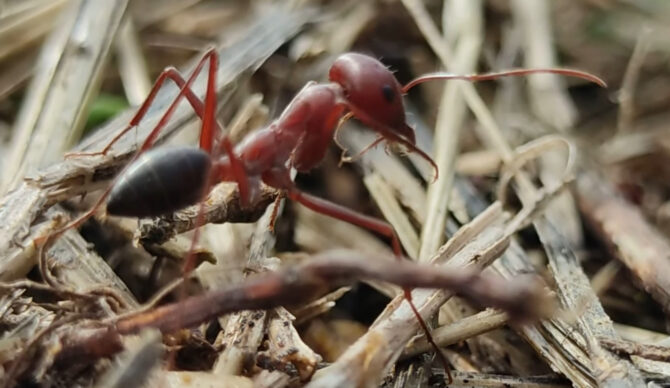
Fire ants are notorious for their aggressive behavior and painful stings. They are also known for their winged queens and males that participate in nuptial flights.
Fire ants can be a nuisance in many regions, particularly in the southern United States, where they have established invasive populations.
Harvester (Pogonomyrmex sp.)
Harvester ants are known for their large, conspicuous nests and seed-collecting behaviors. They are also notable for their winged queens and males that engage in nuptial flights.
Harvester ants play a crucial role in their ecosystems by dispersing seeds.
Argentine Ants (Linepithema humile)
Argentine ants are an invasive species that have spread to various parts of the world. These ants are known for their large supercolonies and winged queens and males that participate in nuptial flights.
Argentine ants can outcompete native ant species, making them a significant concern in regions where they have invaded.
Winged Ants vs. Wingless Ants: A Comparison
Now that we’ve discussed the various types of ants with wings, it’s important to compare them to their wingless counterparts, primarily worker ants. Understanding the differences between winged and wingless ants can shed light on the roles and behaviors of these distinct castes within an ant colony.
Winged
- Reproductive Roles: Winged ants, both queens and males, play essential roles in the reproduction of ant colonies. Queen ants are responsible for laying eggs and establishing new colonies, while male ants contribute to genetic diversity through mating.
- Temporary Wings: The wings of queen ants and male ants are temporary structures used exclusively for nuptial flights. Once mating is complete, the wings are shed, and these individuals do not fly again.
- Short Lifespan: Male ants have a short lifespan, and their sole purpose is to mate with queen ants. After mating, they die, leaving behind the task of colony maintenance and growth to worker ants.
Wingless (Workers)
- Non-Reproductive Roles: Worker ants are sterile females that perform a wide range of tasks essential for colony survival, such as foraging, caring for the young, and defending the colony.
- Varied Morphology: Worker ants can vary in size and morphology within a single colony. Some may possess wing pads or vestigial wings, but these structures are non-functional and do not enable flight.
- Longer Lifespan: Worker ants typically have longer lifespans than male ants and may live for several months or even years, depending on the species.
FAQs
Are all ants capable of flying at some point in their lives?
No, not all ants are capable of flying. Only specific castes within ant colonies, such as queen ants and male ants, have wings and can fly during nuptial flights.
Do winged worker ants exist, or are all worker ants wingless?
While worker ants are typically wingless, some may have vestigial wing structures or wing pads. However, these wing pads are non-functional and do not enable flight.
Why do male ants die shortly after mating?
Male ants die shortly after mating because their sole purpose is to mate with queen ants during nuptial flights. Once mating is complete, their life’s mission is fulfilled, and they do not engage in any other colony-related activities.
Are there any ant species where both males and females have permanent wings?
In most ant species, only the queen ants and male ants have wings temporarily for nuptial flights. However, in some ant species, particularly those with wingless queens, neither males nor females possess permanent wings.
Can worker ants ever participate in nuptial flights?
No, worker ants do not participate in nuptial flights. Their primary roles within the colony are non-reproductive, focused on tasks like foraging, caring for the young, and colony defense.
Do all ant species engage in nuptial flights, or is this behavior specific to certain types of ants?
Nuptial flights are not universal among all ant species. They are primarily observed in species with winged queens and males.
Some ant species have evolved alternative methods of reproduction and colony establishment, such as budding or fragmentation, which do not involve nuptial flights.
Final Words
The presence of wings among ants depends on their caste and role within the colony. Queen ants and male ants are the two castes that possess wings, and these wings are temporary and used exclusively for nuptial flights.
Queen ants use their wings to establish new colonies by mating with males from other colonies, while male ants’ sole purpose is to mate before their short lives come to an end. Worker ants, on the other hand, do not have wings and play essential roles in colony maintenance, foraging, and defense.
While some worker ants may have vestigial wing structures, these are non-functional and do not enable flight.


